Event-Driven Microservices: Spring Boot, Kafka and Elastic
Loại khoá học: Web Development
Master event-driven microservices architecture with patterns using Spring boot, Spring cloud, Kafka and Elasticsearch
Mô tả
Hi there! My name is Ali Gelenler. I'm here to help you learn event-driven microservices architecture by applying best practices for real-life challenges.
Important Update: This course uses Twitter api as the source data. Twitter is planning to change the twitter developer account to a paid subscription. However this will not effect the course because I have already added a Mock Tweet implementation so that you will not need to create a Twitter developer account if it is turned into a paid service.
In this course, you will focus on the development of microservices. With the help of microservices you can independently develop and deploy your application components . You can also easily scale services according to each service's own resource needs, for example you can scale better and create more instances of a service that requires more requests.
You can always use the latest versions for spring boot, spring cloud and other dependencies in this course. Please just follow the last section's lectures to see the required code and configuration changes for updated versions. Also if you would like to use subtitles during the course, you can turn on the captions on videos as all lectures are updated with hand-written subtitles. I suggest using subtitles to make it easier to follow the lectures.
When moving from a monolith application to microservices architecture, some challenges will arise as a result of having a distributed application and system. In this course you will learn how to deal with these challenges using event-driven architecture (EDA) architecture with Apache Kafka.
With an event-driven architecture;
You will truly decouple the services and create resilient services because a service has no direct communication with other services
You will use asynchronous/non-blocking communication between services
You will use an event/state store (Kafka), and remove the state from the services for better scalability
Tanima: "This is one of the best course i ever had in udemy, instructor is super responsive and always deals with complex problem during the course, Thank you so much Professor i will always be grateful to you for this course, and will keep eye on your next course release."
You will develop a microservice architecture from scratch using the most recent software platforms, technologies, libraries and tools, following best practices, applying microservices patterns and using Java, Spring boot, Spring cloud, Spring Security, Kafka and Elasticsearch. We will also cover Event sourcing and Event-driven services using Kafka as the event store.
The microservices patterns that you will be implementing are:
Externalized configuration with Spring Cloud Config
CQRS with Kafka and Elastic search
Api versioning for versioning of Rest APIs
Service Registration and Discovery with Spring Cloud and Netflix Eureka
Api Gateway with Spring Cloud Gateway
Circuit breaker with Spring Cloud Gateway and Resilience4j
Rate limiting with Spring Cloud Gateway and Redis to use Redis as the Rate limiter
Distributed tracing with SLF4J MDC, Spring Cloud Sleuth and Zipkin
Log aggregation with ELK stack (Elasticsearch, Logstash and Kibana)
Client side load balancing with Spring Cloud Load Balancer
Database per Service
Messaging between microservices using Kafka
You will also implement Spring Security Oauth 2.0 and OpenID connect protocols for Authentication and Authorization using Keycloak and JWT. The use of Oauth for authorization of services and OpenID connect for authentication is widely used in microservices archictecture with Spring boot security.
Oliver Michels: "Amazing course that covers a lot of ground, i.e. Spring Boot, Kafka, Elastic, OAuth/Keycloak, etc. and shows how all those pieces fit together in a nice microservice architecture."
Another important topic that you will focus on is the monitoring of microservices. You will use Spring boot actuator and Prometheus with Micrometer which can be used to get metrics such as health, number of running threads, number of requests, response time and memory usage. You will also learn to use Grafana to create a nice dashboard to visualize the metrics that you obtained using Spring boot actuator and Prometheus.
While introducing event-driven microservices, you will understand the basics of Apache Kafka by covering Kafka topics, Kafka partitions, Kafka consumer and producer APIs, Kafka admin client and Avro messaging.
Emre Demir: "This is not only a software tutorial. It is an advanced computer engineering course. The examples and descriptions are excellent. Full-stack and Back-end developers must take."
To communicate between microservices, apart from using Kafka messaging, I will also introduce Kafka Streams and show how to use Kafka Streams to create a temporary state store with the accumulated streaming data. This temporary data source will then be consumed by another microservice.
To communicate with the data stores in microservices I will use different Spring Data dependencies, such as Spring Data JPA with PostgreSQL, Spring Data Elasticsearch and Spring Kafka.
For the Api documentation, I will use Open Api 3 specification which implements Swagger 3.0. Open Api will create a RESTful interface for an API and help you to easily develop and consume a Rest API.
You will also learn how to use Hateoas (Hypermedia as the Engine of Application State) in a Rest Api with Spring Hateoas. Hateoas will provide links to resources on the server, and update the REST API response with these links to interact with the client dynamically. This will enable developing level 3 Rest APIs.
Sidhartha Mallik: "This course is to the point - and great one for every level, strongly recommend"
There is also a reactive development section in this course which demonstrates querying elasticsearch reactively with Reactive Spring, WebFlux, WebClient and Reactive Thymeleaf. In this section you will learn how to use Spring Webflux and Spring reactive components to create an asynchronous flow between microservices.
You will use Spring boot and Spring cloud along with Docker for developing cloud ready microservices. Docker is a containerization platform and it enables to package applications into containers. These containers can later run in any environment that docker is running. In this course you will create the docker images of the microservices that you have developed. Then use docker compose to run all the containers of microservices together, along with the other dependencies such as Kafka, Elasticsearch, Keycloak, Redis, Prometheus, Grafana and Zipkin . In the end a single 'docker-compose up' command will be enough to run all microservices architecture together with the required dependencies. Having these docker images will enable you to deploy your application to any cloud vendor easily.
Mohammed O. Tillawy: "amazing course, but prepare yourself, very intense, and tons of info, needs focus and patience."
You will be following a hands-on approach and be developing a project from scratch in which you will have multiple microservices surrounded with multiple modules to accomplish the specific tasks. So you will need to make your hands dirty in this course where I will be guiding you from start to finish. You will also find multiple choice quizes in each section to check your progress throughout the course.
At the end of the course you will not only understand the real life challenges of a distributed application with multiple services and components, but also you will be able to apply solutions to this challenges.
You can download the source code in each lecture separately and run them easily using your IDE or docker.
Ido Charar: "This course by Ali Gelenler is outstanding. It is not just about Spring Cloud with kafka and elastic. This course gives you much more knowledge around technologies related to Spring Cloud in particular and Cloud Computing in general. Among them are technologies like reactive programming, streaming, linux OS, security, Design Patterns and much much more. All the information is given in succinct but ingestable form, which allows you broaden your skills in shortest possible time. Very appreciate the investment in material, lecturer involvement, constant assistance and help to the students. Will recommend to take this course everyone who want to level up her/his skills."
For more detailed information on the progress of this course, you can check the introductory video and free lessons, and if you decide to enroll in this course, you are always welcome to ask and discuss the concepts and implementation details on Q/A and messages sections. I will guide you from start to finish to help you successfully complete the course and gain as much knowledge and experience as possible from this course.
Shantanu Srivastava: "I brought this course specifically for learning Apache Kafka and after going through the Introduction video, I find out that this course will cover literally every single thing you need to know as a spring developer. From API gateways and Service Discovery, to log forwarding and resilience and so much more. Awesome!!"
Remember! There is a 30-day full money-back guarantee for this course! So you can safely press the 'Buy this course' button with zero risk and join this learning journey with me.
Bạn sẽ học được gì
Yêu cầu
Nội dung khoá học
Viết Bình Luận
Khoá học liên quan

Đăng ký get khoá học Udemy - Unica - Gitiho giá chỉ 50k!
Get khoá học giá rẻ ngay trước khi bị fix.

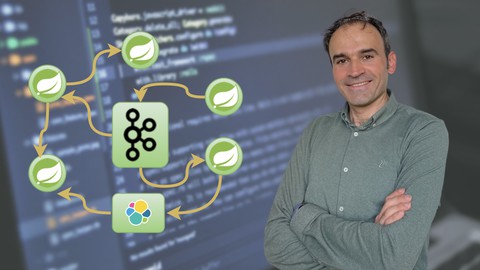
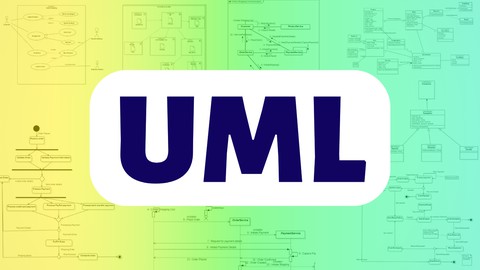
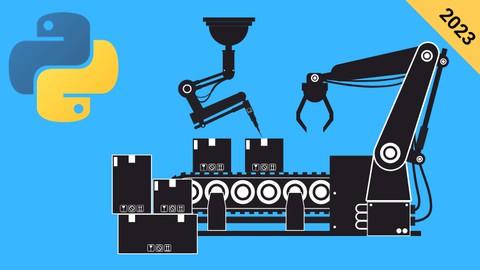
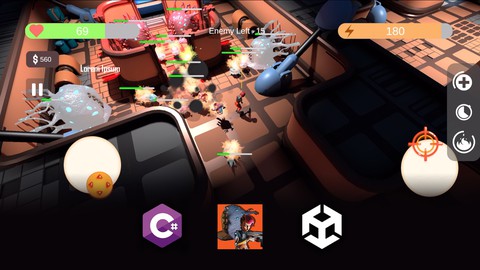

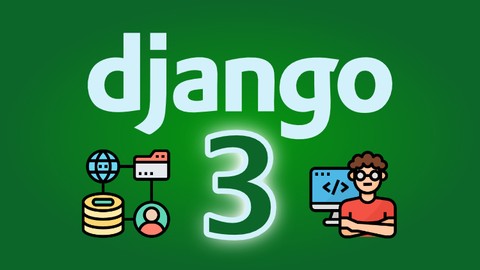
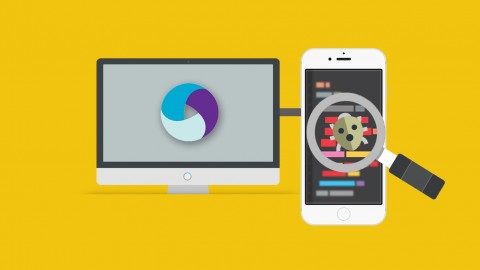



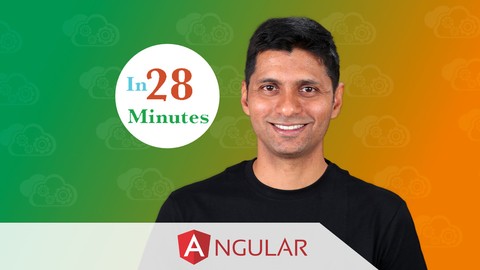


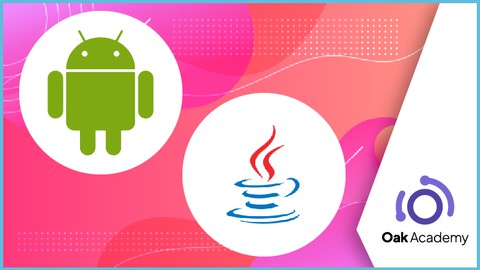



Đánh giá của học viên
Bình luận khách hàng